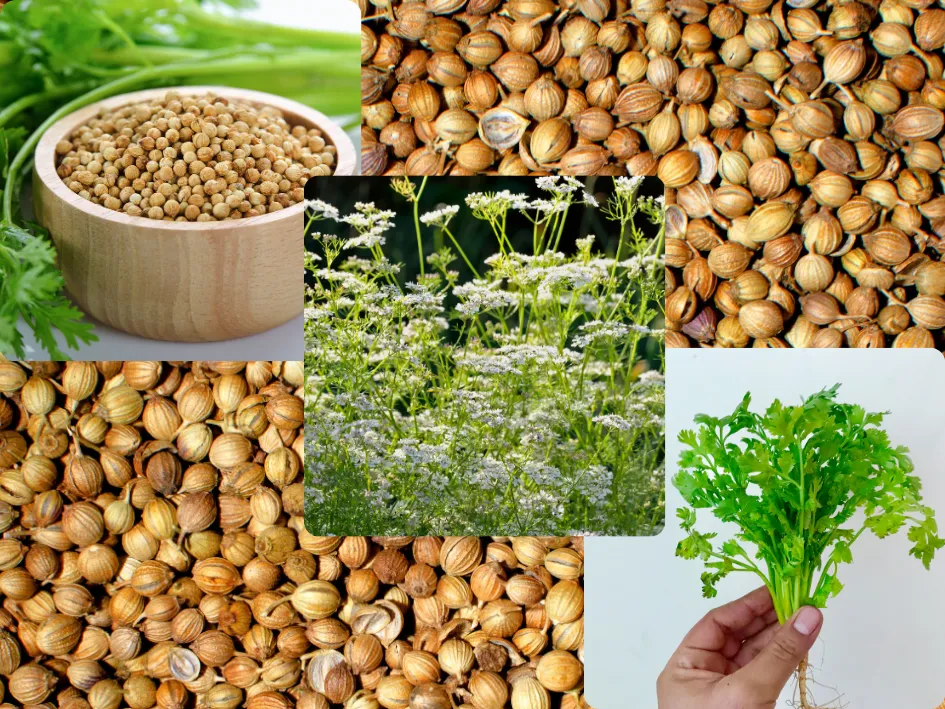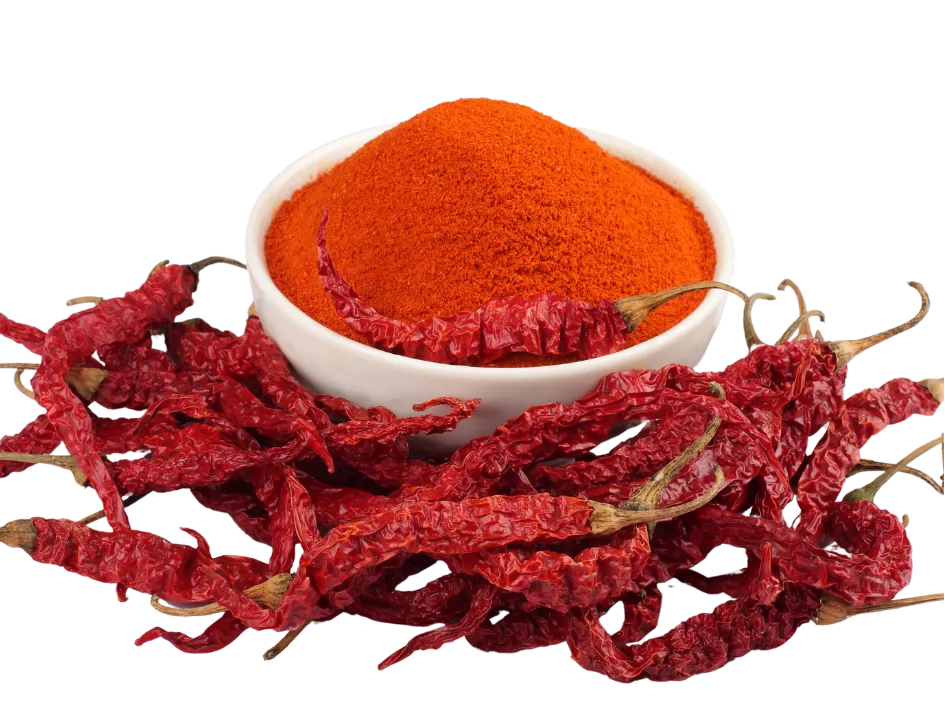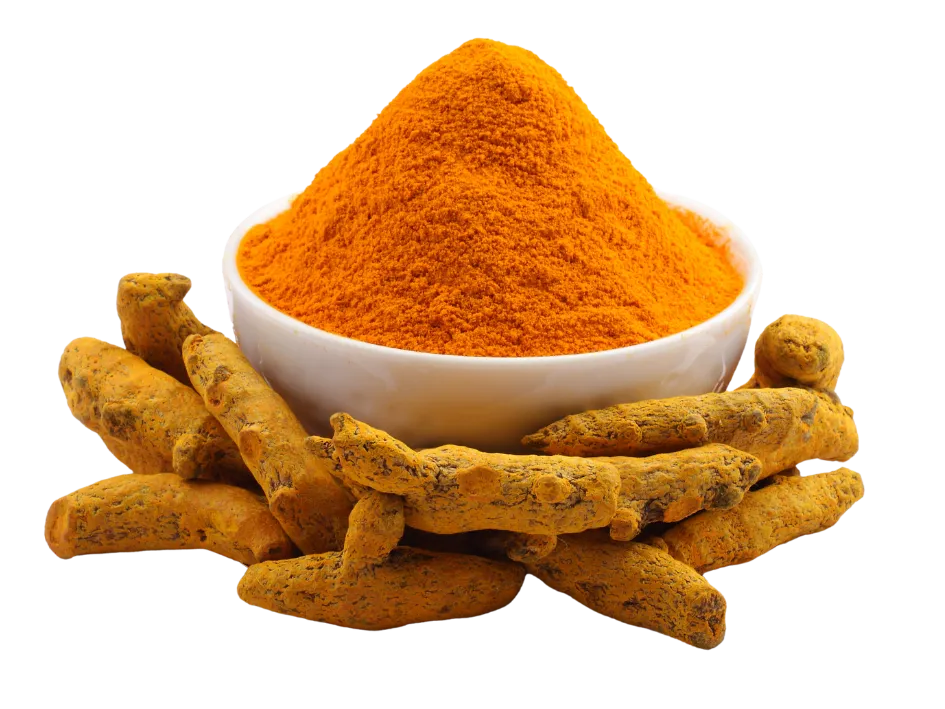Blog Posts

Cumin: A Spice with a Rich Legacy and Versatile Uses
Cumin, a cherished spice in kitchens worldwide, originates from the dried, white fruits of a slender annual herb. This aromatic plant, growing between 15 to 50 cm tall, produces elongated, ovoid fruits measuring 3 to 6 mm in length. The fruits have a distinct greyish-brown color with a textured surface marked by five prominent ridges and four subtler secondary ridges adorned with tiny hairs. Known for its slightly bitter taste and warm, earthy flavor, cumin seeds also exude a strong, inviting aroma. The plant’s delicate flowers, which bloom in small umbels, range in color from white to soft rose.

Coriander: India’s Most Versatile Winter Spice Crop
Coriander, one of India’s most widely cultivated spices, is primarily grown during the rabi season (October to February). This winter crop thrives in cold climatic conditions with ideal temperatures ranging between 20°C to 25°C. Key coriander-producing states include Rajasthan, Madhya Pradesh, Gujarat, Andhra Pradesh, and Uttar Pradesh.

Red Chilli: A Spice with Heat, Flavor, and Benefits
Red chilli, derived from the dried ripe fruits of the Capsicum genus, is one of the most versatile spices in the world. The Capsicum annuum species, an annual sub-shrub, produces fruits that are typically pendulous and borne singly. This variety encompasses red peppers, cayenne, paprika, and sweet peppers (bell peppers), the latter being a milder form with large, inflated fruits.
Another notable variety is Capsicum frutescens, a perennial plant known for its smaller, highly pungent pods. Popularly referred to as bird chilli or Tabasco, this variety is widely recognized for its intense heat and flavor.

Turmeric: The Golden Spice of India
Turmeric, scientifically known as Curcuma longa, is a versatile spice celebrated for its vibrant color, distinct flavor, and numerous health benefits. It is derived from the rhizomes of the turmeric plant, which undergo a meticulous process of boiling, drying, cleaning, and polishing.
